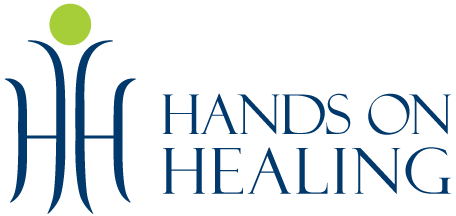Benefits of Massage
Massage therapy supports many health goals. People seek massage for help with specific pain points, injury recovery, or pain management. Other folks receive massage to support an already well-functioning body and healthy lifestyle.
Massage works on numerous levels and is much more than just moving muscles around. Manual manipulation can boost circulatory and lymphatic system function; stretch, hydrate, and un-stick tissue; align scar tissue in a more resilient structure; and strengthen the immune system to help reduce inflammation which speeds repair and recovery. More subtly, massage helps your nervous system reestablish balance, which has cascading positive effects throughout the body. Massage supports the endocrine system in regulating hormone levels, leading to an enduring relief from stress. Emotionally and psychologically, massage can bring a sense of comfort and relaxation.
“Byron really helped me with my tense neck and shoulders. He even noted a few areas in my posture and walk where I can improve my alignment. After a massage with him, I always had much relief from neck tension.”
Benefits of Fascial Counterstrain
Fascial Counterstrain (FCS) is a therapeutic, hands-on method designed to release spasms in all tissues of the human body. Every organ, nerve, artery, muscle, ligament, tendon, vein and lymphatic vessel in the human body can actively spasm, trap inflammation, and produce pain. Once this reflex spasm is triggered it can persist, spread & form tender points throughout the body. FCS works to release the tissue in spasm and the corresponding tender point by gently unloading the injured structure.
Gentle body positioning decompresses the inflamed area by applying a counterstrain. The structure quickly relaxes and the inflammation drains, thus reducing tension and immediately alleviating this primary source of pain. The elimination of this strain is quickly verified through a cranial scan by simply checking the point, which is frequently no longer tender.
As a multi-system approached FCS can bring relief and results to chronic issues that don’t respond to other treatments. It is a great treatment for chronic pain, headaches, joint or muscle pain, weakness, digestive issues, nerve-associated pain or dysfunction, and more.
An overall excellent summary of the benefits of massage is Massage Therapy in Integrative Care & Pain Management, published by the American Massage Therapy Association in 2018.
A non-exhaustive list of the benefits of massage.
Pain. Pain is fairly mysterious, when it comes down to it, but we are learning more and more. There has been a lot of promising research on the efficacy of massage for many kinds of pain (chronic, cancer, surgical, and low-back, to name a few) and massage is a being widely recommended as an alternative to opioids.
Headaches and Sleep Disorders. Massage can relieve the muscle tension and emotional stress at the root of tension headaches. It can also work wonders for some migraines. One study showed that massage led to less frequent migraines and improved sleep for weeks after the massage intervention.
Arthritis. Massage supports dampening the pain from osteoarthritis and rheumatoid arthritis, as well as relieving the stress and strain from the compensatory use patterns in the body.
Stress. Massage works to alleviate the effects of stress by activating the parasympathetic nervous system for some much needed rest and repair. It also helps address the more fundamental causes of stress by allowing the nervous and endocrine systems to rest in a more neutral state.
Pre- or post-operation care. The natural benefits of massage will help prepare your body for an operation, especially if combined with recommended physical therapy exercises to strength, loosen, and hydrate the targeted area. After the operation, once preliminary healing to a surgical wound has occurred, massage can decrease post-operative pain and anxiety.
Scar Tissue Management. Massage techniques, specifically cross-fiber friction, encourages scar tissue to form in a stronger and more flexible pattern, as well as improve the appearance of a scar. Scar tissue work can be painful, but the long-term gains to range of motion and overall function far exceed the short-term discomfort.
High blood pressure. For cases of high blood pressure stabilized through medication, regular massage can result in a sustained drop in systolic and diastolic blood pressure. Hypertension is a precursor to many cardiovascular diseases and a large contributor to stress. Give your heart a break! Massage is not appropriate if you have hypertension but it isn’t managed under supervision of a doctor. Please see a doctor and do not substitute massage for medications!
Digestive trouble. Constipation, diarrhea, irritable bowel syndrome, and other digestive disorders respond well to massage because it stimulates peristalsis: the body’s natural intestinal muscle contractions.
Arguably the best way to relax!
Sassy likes massage too!




